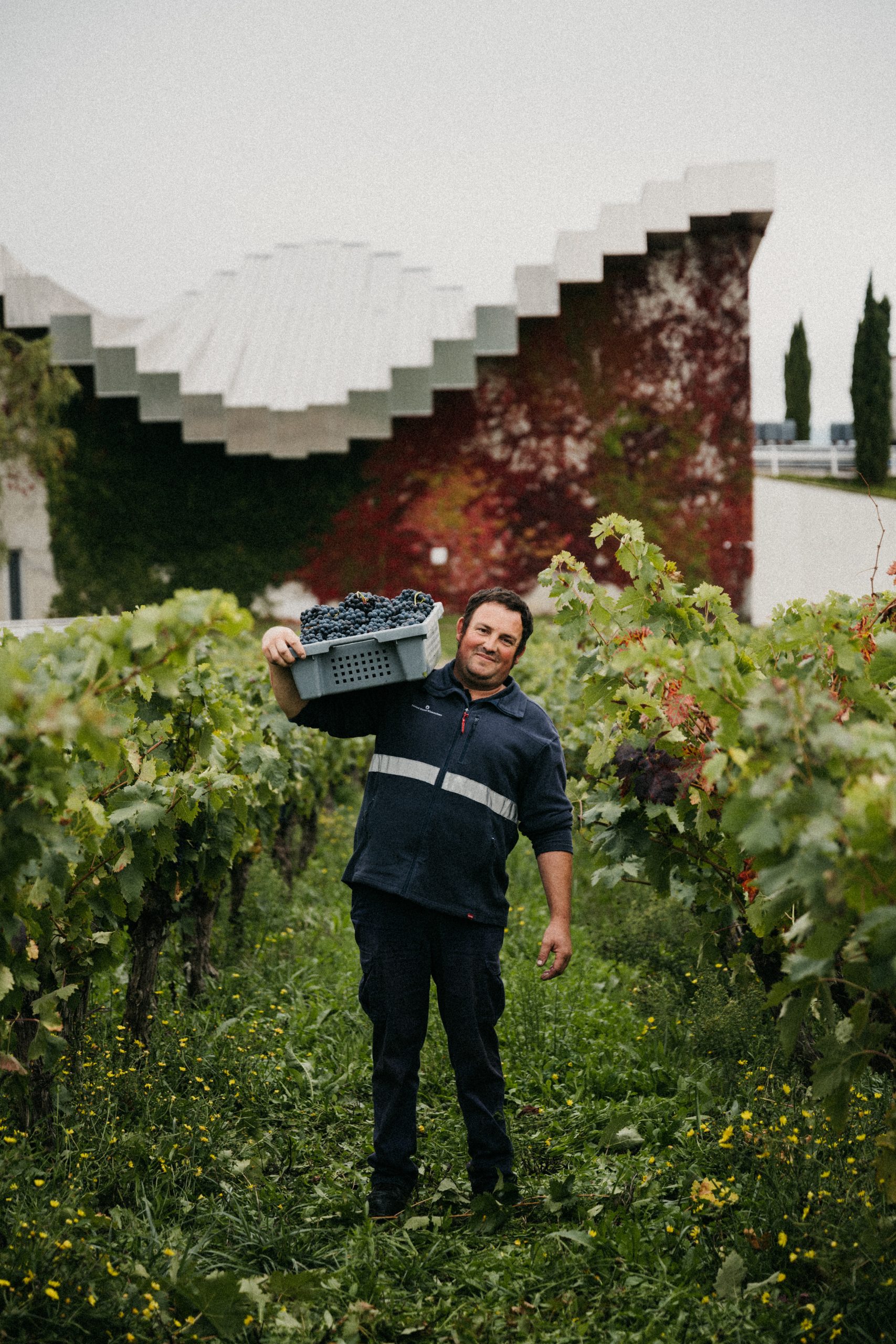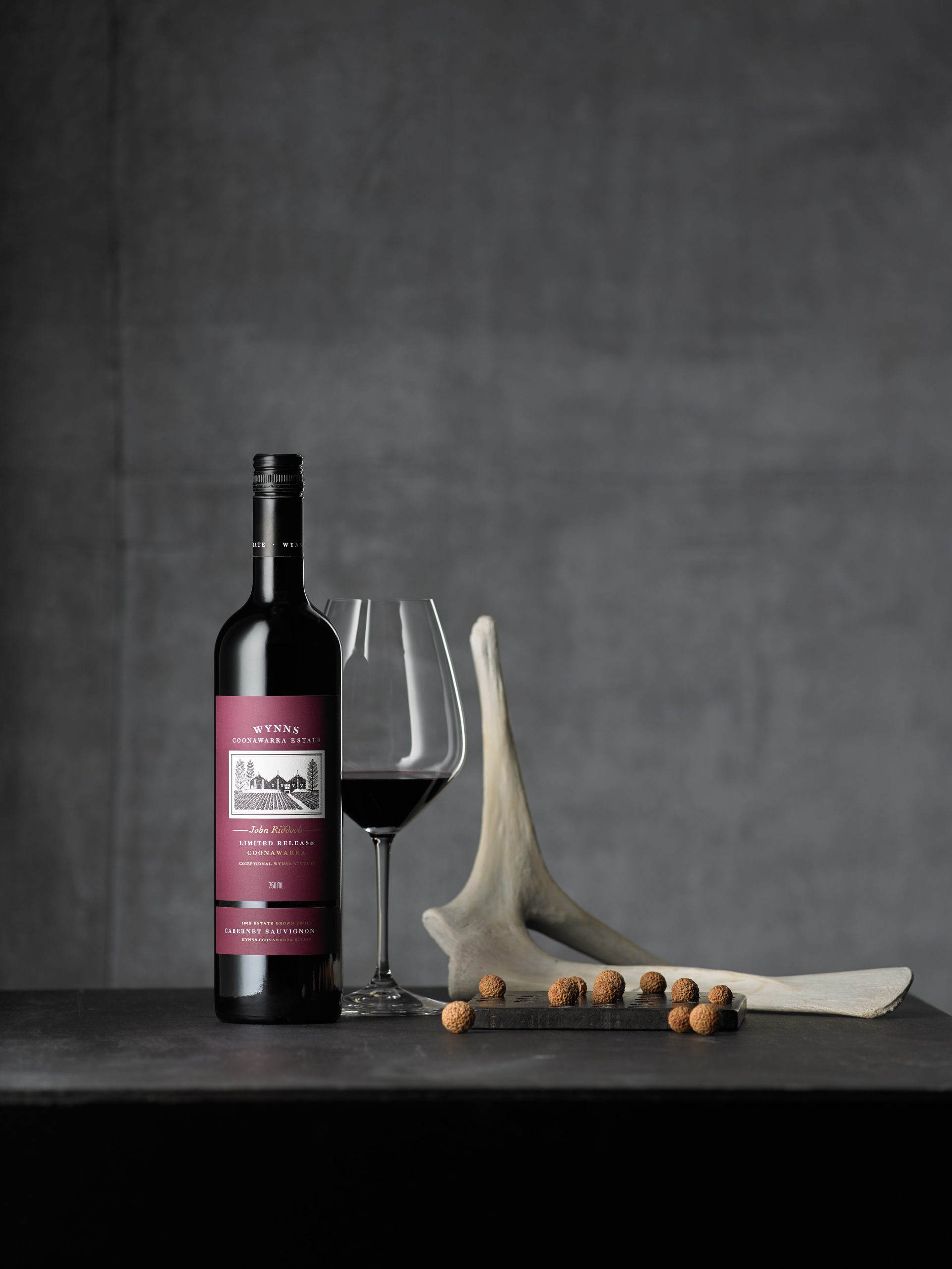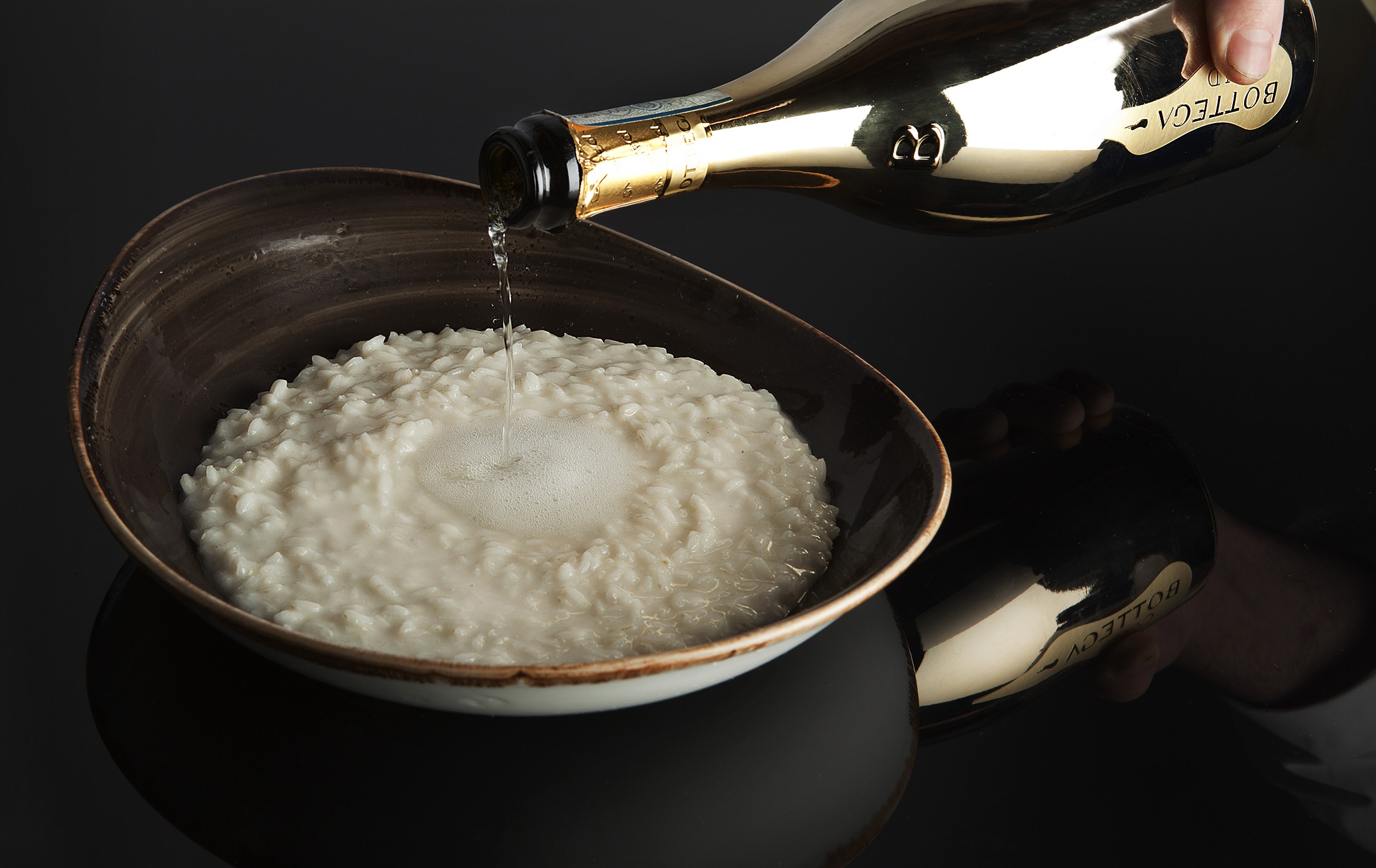dbHK showcases the best of the Douro
Still wines, Tawny and Ruby Ports, Single Quintas and field blends all came under the spotlight with dbHK’s latest wine masterclass – A Day in the Douro.
dbHK’s A Day in the Douro plunged HK’s sommeliers, wine consumers and collectors deep into the heart of the Douro region and explored the range of styles, grape varieties, soil types, climate and winemaking techniques that makes this geologically and climatically diversified region so unique in the production of still and Port wines.
The UNESCO heritage site has been producing wine for around 2,000 years and is one of the oldest demarcated wine regions in the world, growing around 116 indigenous grape varieties. Five are considered its stellar contributions to Port making – Touriga Nacional, Touriga Franca, Tinta Roriz (Tempranillo), Tinto Cão and Tinta Barroca, while Tinta Amarela is also considered important.
Malvasia Fina, Viosinho, Rabigato, Gouveio and Moscatel Galego Branco make up the lively, full-bodied and fresh white wines where a 2012 Maritávora Reserva kick-started off the day’s proceedings which had the drinks business’s editor-in-chief, Patrick Schmitt MW at the helm as moderator.
Representing an array of producers and acting as event sponsors were Gonçalo Frey-Ramos, the Asia regional manager of J. Portugal Ramos Family Estates with their Duorum range of wines from the Douro, Manuel Gomes Mota, proprietor of Maritávora and Luis Capelo, director of Maritávora Asia, Jakub Wierzba, director of Sogrape Asia Pacific, Jorge Nuñes, Asia Pacific representative of Symington Family Estates and Jorge Serôdio Borges, co-proprietor and winemaker of Wine and Soul.
Three masterclasses took place covering still wines, wood matured Tawny-style ports and bottle matured ruby style ports at Club Lusitano with a Grand Tasting running concurrently to give guests a wider range of wines and ports to try. The day finished with a 10-wine dinner at Casa Lisboa, the city’s best Portuguese restaurant.
Patrick Schmitt MW opened the still wine masterclass by commenting how far wines from Portugal had come in the last 15 years with the Douro region producing excellent and balanced still whites and reds, which have lower levels of tannin and acid, and show rounder and fruitier styles. He also highlighted how the area has been attracting a lot of international interest with French winemakers, Bruno Prats and Michel Chapoutier investing in sizeable plots to produce their own high quality table wines.
The still wine selection consisted of 2012 Maritávora Reserva White, 2013 Quinta do Passadoura Touriga Franca, 2013 Quinta do Passadouro Touriga Nacional, 2013 Casa Ferreirinha Quinta da Leda and two wines which were grown at 200m and 400m respectively – the 2008 Duorum, O. Leucura Cota 200 and Duorum, O. Leucura Cota 400. (Duorum forms part of the J. Portugal Ramos portfolio wines.)
The influence of the altitude in the Duoro is key, as the area’s intense heat of over 40°C in the summer can cause the vines to shut down, but the grape varieties are “well used to such extreme conditions,” pointed out Gonçalo Frey-Ramos. “We don’t need to irrigate, the grapes are thick-skinned which traditionally gives us the highly alcohol, acidic and tannic still wines which we are now moving away from.”
“Touriga Nacional and Touriga Franca are the best for producing lighter styles of wine that are better for ageing,” added Jakub Wierzba. “And by creating field blends with up to 20 grapes in one vineyard, it’s easier to have less astringent and more rounded wines without one hugely dominant varietal.”
“This is the new Douro, we haven’t had this before,” said Patrick. “It’s a new frontier, this style of food-friendly still wines with excellent freshness and acidity in contrast with still wine from earlier which were too tannic, too alcoholic and not ready to drink. Touriga Franca is a true sommelier’s grape – it’s relatively unheard of, needs explaining but produces a great wine, which will suit most wine drinkers’ palates.
The Tawny-style Port category has been relatively side-lined until recently but is Portugal’s fastest growing category and a profitable source of premium Ports which demonstrate its versatility from the relatively young, fruit-forward 10 year olds to the oxidative 40 year olds with the golden amber hue.
The Tawny Port line up consisted of Wine and Soul 10 year old Tawny, Graham’s 20 years Tawny, Sandeman 30 years Tawny, Graham’s 40 years Tawny and Maritávora Colheita 1982 – a Colheita being a single year Tawny which has spent at least 7 years in barrel before release.
“Tawny Port is a reflection of the blending,” said Jorge Serôdio Borges. “Each winemaker has to find his own balance. What is interesting is that Tawnies have an extremely long history with some of Portugal’s traditional families where they’ll keep a pipa of the new vintage when a baby’s born and give it to them at aged 18. It’s also incredibly versatile – as an aperitif or digestif.’
Jorge Nuñes also commented on the style’s adaptability and how Symington has capitalised on Tawny’s increasingly popular place in restaurants, with the launch of a jeroboam format of Graham’s Tawny 10 and 20 year olds which it showcased in London and Paris last year with plans to roll it out in Hong Kong in the next couple of months.
Partner Content
“Seeing a sommelier pour out a glass from a jeroboam makes Tawny look fun and signals a move away from men’s clubs and therefore its previous air of exclusivity.”
Rounding off the afternoon was the bottle-aged Ruby masterclass with a tasting of 2010 Quinta do Passadouro Late Bottled Vintage Port, 2010 Maritávora Late Bottled Vintage Port, 2001 Graham’s Quinta dos Malvedos Vintage Port, 2009 Dourum Vinha de Castelo Melhor Vintage Port and 2011 Sandeman’s Vintage Port.
Portugal’s increasing popularity with the English as an important trade post and supplier of wine in the 17th century was given even more of a boost with the outbreak of war between France and England in 1689 and the duty was reduced to 1/3 of that levied on French wine.
At the royal decree by the Marquis de Pombal, the Companhia Geral da Agricultura das Vinhas do Alto Douro was created in 1756, to clamp down on malpractice, over-production and regulate the area where Port wine could be legitimately produced. The Douro’s demarcation was completed in 1761.
“By volume Ruby Ports, including Vintage and Single Quintas are the biggest drivers out of all the categories,” said Patrick. “The first vintage dates back to 1775 and was aged in bottles which were just being developed.”
The winemaking methods include treading after destemming, either by human feet (often combined with uproarious dancing) or mechanical lagares and the maximum extraction in a relatively short amount of time, giving Ruby Port the luxurious, deep red hue.
“All wines are bottle matured with no fining or filtration, so they will acquire sediment over time,” added Jorge Nuñes.
The flight was much favoured by the speakers and guests, and displayed elegance and approachability even though they were drunk much younger than they would have been traditionally, which Patrick pointed out was a sign of their premium quality.
“They are such massive wines,” he continued. “But they exhibit such balance and approachability. The US press has arguably started the trend for drinking Ports much younger than perhaps the British would.”
Speaking about the Douro region as a whole he said, “It’s a beautiful place, producing a huge variety in styles and still wonderfully wild. I urge absolutely everyone to go.”
Comments from the guests included Roddy Ropner from Wellspring Wines who said, “I came away feeling I had learned something from both their comments and the tasting. It was concise, compact and enjoyable.”
Bhatia Dheeraj, sommelier of the Robuchon au Dôme in Macau, agreed, “One of the main points is how the still wines have evolved in such elegant, balanced styles. The Portuguese are getting everything right and yet they still have so much ahead of them with new innovative ways of making wine and it almost begs the question, what does Bordeaux have left to do?”
Symington’s Jorge Nuñes spoke on behalf of his co-sponsors: “I believe all attendees left the several events with a far better idea of who we are
and what we are doing, and this is a big step forward for our beloved Douro to become far more prominent in the wine lists across HK and in the collectors’ cellars.”




